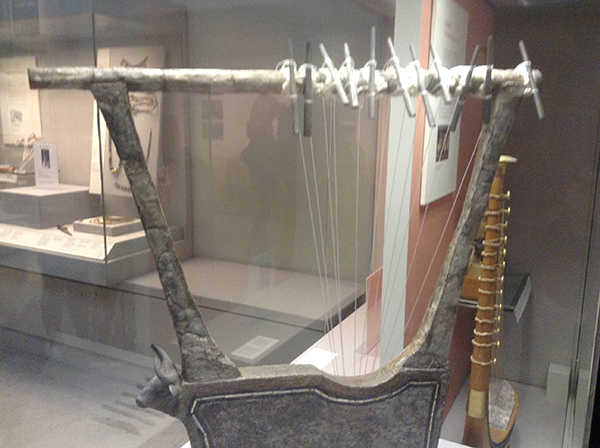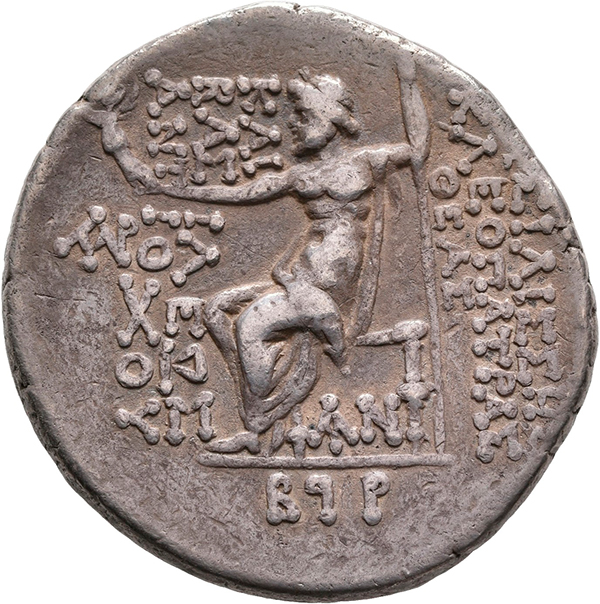adventure
Karl May and his worldview
By Sameer Ibrahim
in the houses of the Saxon town Ernstthal many Fairy tales and legends were told in the 19th century. At the same time, people suffered from poverty and misery, and their children often died shortly after birth because of poor hygiene or malnutrition. Under these circumstances Karl May was born on January 25, 1842 in Ernstthal.
The May family, like the neighboring families and the rest of the city, was poor and unhappy. The family consisted of THE parents and 14 children, nine of whom died very early. Fortunately, Karl survived. Karl’s grandmother told him legends and myths in the evening, and he eagerly listened to what his old grandmother was reciting. Karl grew up, became a young man and was given the opportunity to study. After that he got a license to teach, but did not work in his teaching profession – he could not live on that – but stole fur coats or otherwise made his living.
The police searched for him and spread his picture. After being arrested, he said, “I’m not Karl May. My name is Albin Wadenbach. I come from the island of Martinique and have lost my passport.” After several weeks of checking his information, it was discovered that he was Karl May. He has been imprisoned several times for a long time, a total of almost eight years for several thefts. He read many books and writings in prison, and after being released in 1874, he gave himself the title Doctor Karl May and told people that he had been awarded an honorary doctorate from the University of Chicago in America. So he wrote “written by Dr. Karl May” on the book “The girl from Eimeo” – stealing it from the real author Friedrich Gerstäcker.
At the age of 32, May actually wrote his own tales and adventure stories, claiming to have experienced these adventures and journeys himself. He had, however, spent his entire life in his birthplace and never traveled the countries and places he described. He also described the people living there with some false qualities, without ever having met them.
His books became more widely known and his most famous works are the Orient Tales “Through the Desert”, “From Baghdad to Stambul” and the Winnetou Indian stories. These stories were a window into the Middle East and to the Indians of North America for the Germans. His books inspired many successive generations and had a great impact on the hearts and minds of their readers. His work includes 70 books, of which 200 million copies were sold worldwide. They have been translated into more than 33 languages and performed in theaters and as comedy series or feature films. His works brought him great wealth, so he could buy himself a large house in the city of Radebeul in Saxony.
In the years around 1900, Karl May actually traveled the world for the first time. He visited many of the sites, especially in the Orient, which he described in his books without ever being there before. This journey took over a year. In Sumatra, he had two nervous breakdowns and so he was almost send to a mental illness clinic, as his wife, who accompanied him on this trip, reported. Following this trip, May wrote his autobiography, but in it he mentioned only positive experiences.
In March 1912, Karl May traveled to Vienna and accepted the invitation of the Academic Association for Literature and Music to make a speech for pacifism titled “Up into the Realm of the Noblemen”. At the time, May was a pacifist. One week after his trip to Vienna, May died at his place of residence on 30 March 1912 at the age of 70. Karl May was one of the most translated German writers in the history of literature.



